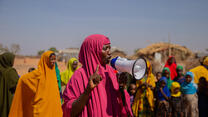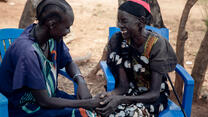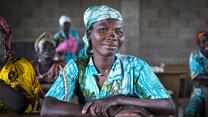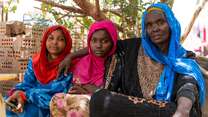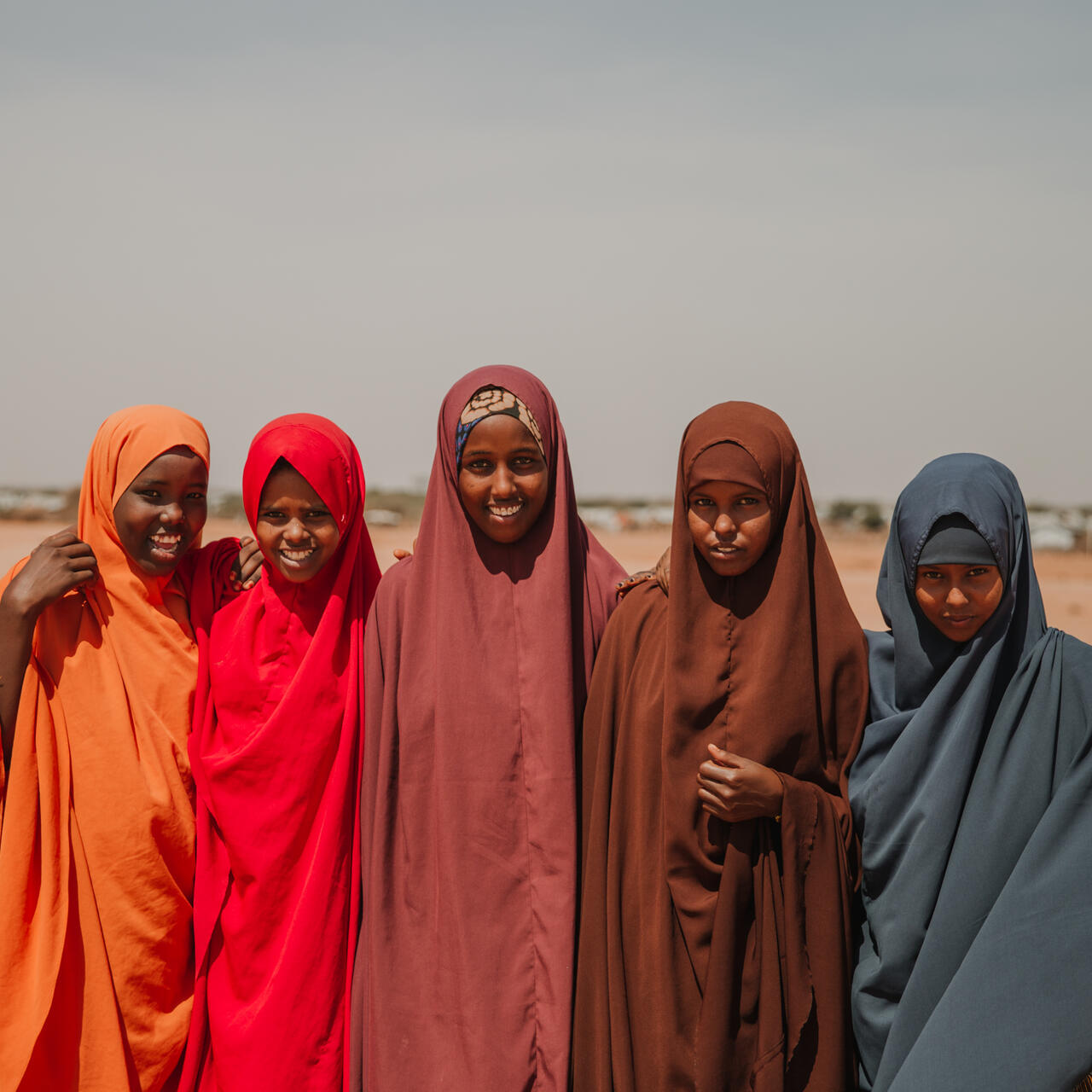
The fight to end violence against women and girls is universal—and continuing. However, gender inequality—the root cause of violence against women and girls—is particularly prevalent in regions affected by crises including conflict, military coups, displacement, climate shocks and hunger.
Whenever and wherever a crisis occurs, violence against women and girls increases.
Violence against women and girls in conflict and crisis
Crises accelerate the underlying causes of violence against women and girls, including the denigration of public services and social networks that typically offer support. An IRC report found that 1 in 5 women and girls have suffered sexual violence during crises.
Women and girls of ethnic minorities face multiple forms of oppression, which further reduces their power and choice. They are at increased risk of violence and face barriers to accessing support.
Safety, particularly in times of crisis, is just the first step towards gender equality.
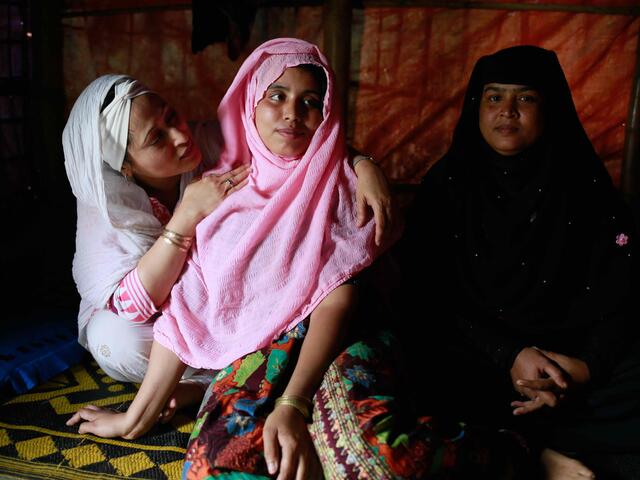
Here are six ways we can help prevent gender-based violence
1. Increase funding to end violence against women and girls.
Tragically, the safety of women and girls is not prioritised globally. In 2023, just 18.9% of all expressed funding needs for gender-based violence prevention and response were met. In comparison, 40% of all funding requirements were met—indicating that gender-based violence prevention and response programming remains disproportionately underfunded.
Governments can make a difference for women and girls impacted by crises by increasing funding for local women’s rights organisations and investing in lifesaving programmes, such as IRC Safe Spaces.
The root cause of gender-based violence is gender inequality. Accordingly, leaders must prioritise gender equality in their humanitarian action and work closely with local women’s rights and women-led organisations to empower women worldwide.
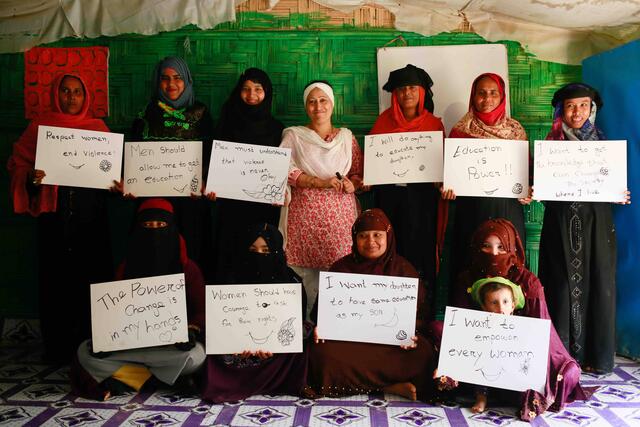
2. Keep girls in school
Girls are less likely to finish schooling in crisis-affected contexts due to early marriages, teenage pregnancy, or social norms that require girls to sacrifice their education in order to take on household responsibilities.
Barriers that prevent girls from pursuing an education must be addressed. With education comes greater safety, security, health and self-determination.
Learn more about how crises impact opportunities to learn.
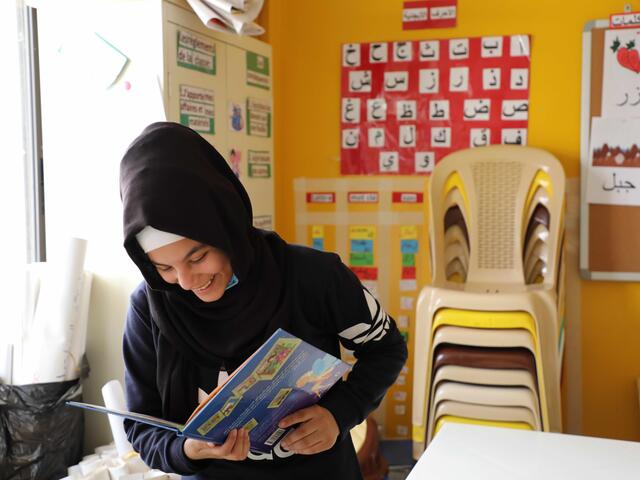
3. Champion women’s economic empowerment
The economic marginalisation of women diminishes freedoms and opportunities. It is accelerated by violence, crisis and displacement which create trauma, restrict women’s movement, and adversely impact the ability of women to access the labour market and financial services.
Women worldwide deserve safety and freedom from discrimination, harassment and violence. Women’s economic empowerment services in contexts affected by crisis must address these intersecting barriers to economic opportunities.
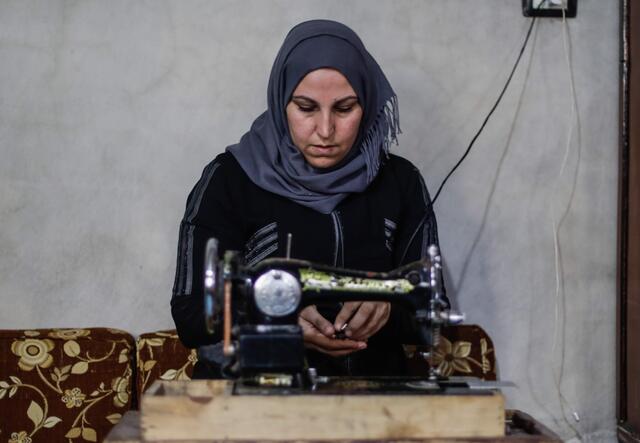
4. Give women cash
The IRC uses direct cash assistance to improve the freedom of women facing crises. Cash transfers allow women to prioritise their needs, and those of their families, in a manner that they see fit.
We also work with banks, governments and other financial institutions to arrange safe and easy-to-use options like prepaid debit cards and mobile transfers where possible.
Learn more about the benefits of cash assistance.
5. Include women and girls in decision making
Women are under-represented as leaders and coordinators of humanitarian response programming.
The meaningful participation of women and girls at all levels—and of all backgrounds—is vital in improving gender equality and promoting inclusive societies. This entails removing barriers that prevent women and girls from leading and participating in decision-making processes, from the local to international level.
Meet 10 women activists making the world a better place.
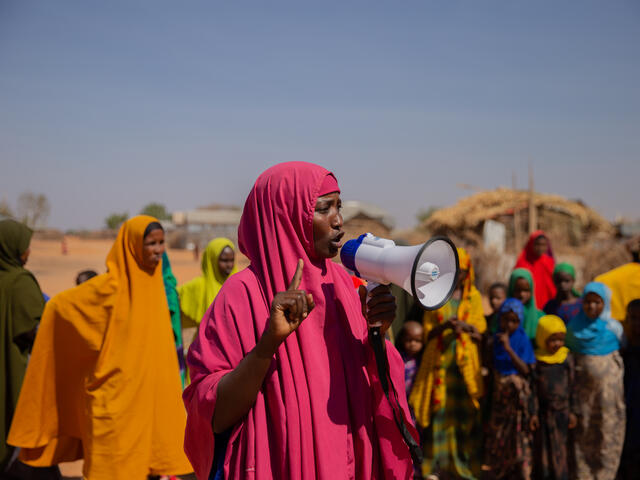
6. Engage men in the fight to end violence against women and girls
Addressing gender inequality requires buy-in from all members of society—including men. The IRC engages men in examining how gender inequality is deeply rooted in societal attitudes, beliefs and behaviors.
We support men in breaking down destructive notions of masculinity, gender and power, and in promoting gender equality.
In 2022, 1,135,748 women and 579,860 men in crisis zones participated in the IRC’s gender-based violence awareness-raising activities.
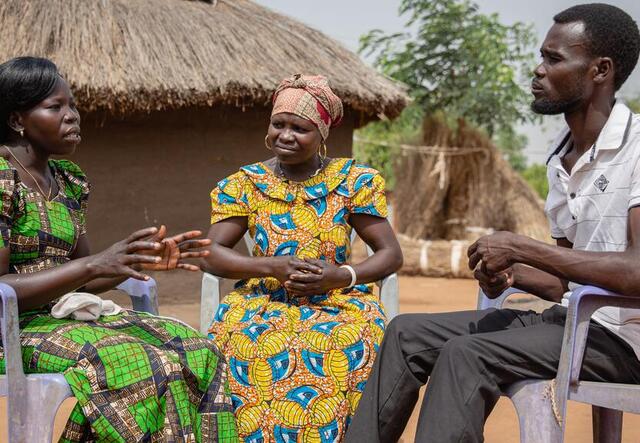
Four ways you can help create a safer world for women and girls
7. Speak out
Governments must be held accountable in their commitments to gender equality. Transparency concerning the amount of aid directed towards the safety, resilience and wellbeing of girls—including those also facing discrimination on the basis of their age, sexuality or ethnicity—is a vital component in making the world safer for women and girls.
The IRC calls on governments to increase funding for initiatives that end violence against women and girls and help survivors recover and rebuild their lives.
8. Support campaigns
Support campaigns like the United Nations Unite Campaign to support refugee women and girls around the world.
You can also join the IRC in taking action to fight for policies that deliver real change for the people we serve.
9. Get involved
Volunteer with the IRC or another organisation working to empower women.
10. Give what you can
Support organisations and charities that work with local women-led organisations to tackle the root cause of violence—gender inequality—and not just the symptoms.
The IRC is working to break down barriers for women and girls and ensure gender equality as a cornerstone for all of our programs.
Donate now to support the IRC’s work and learn more about how we support women and girls.
